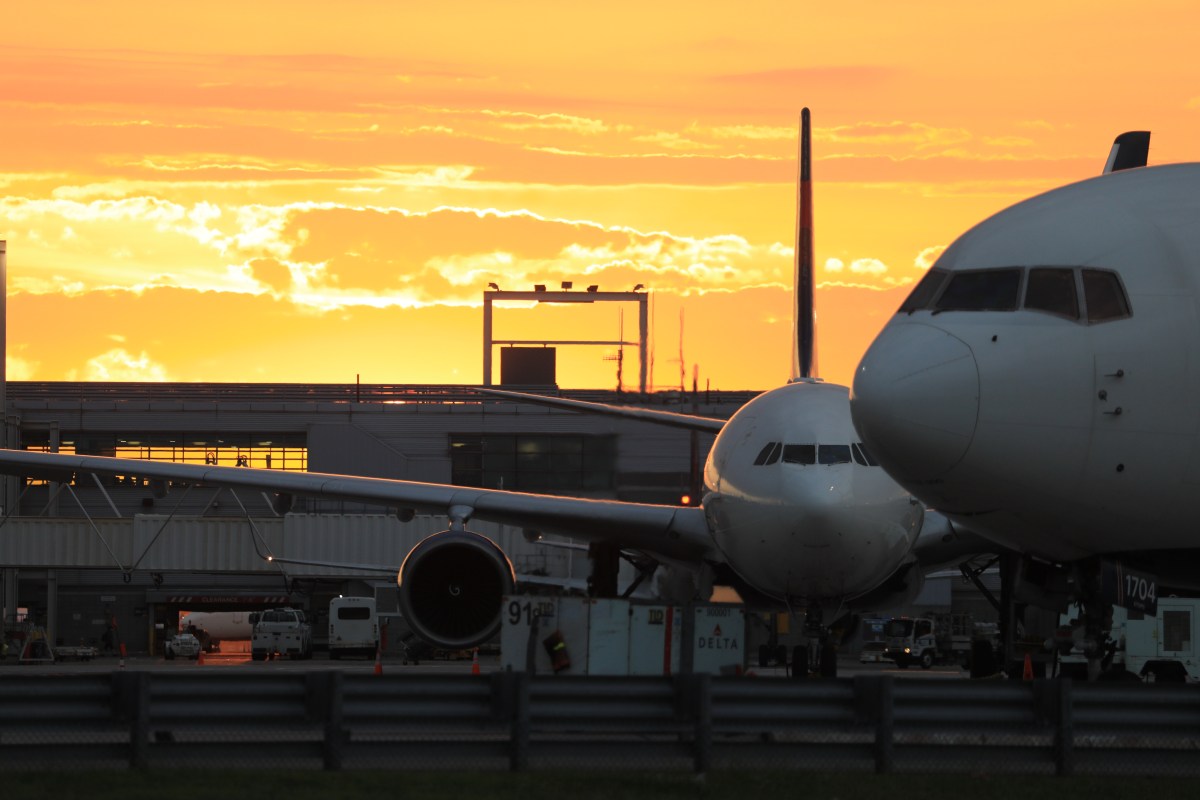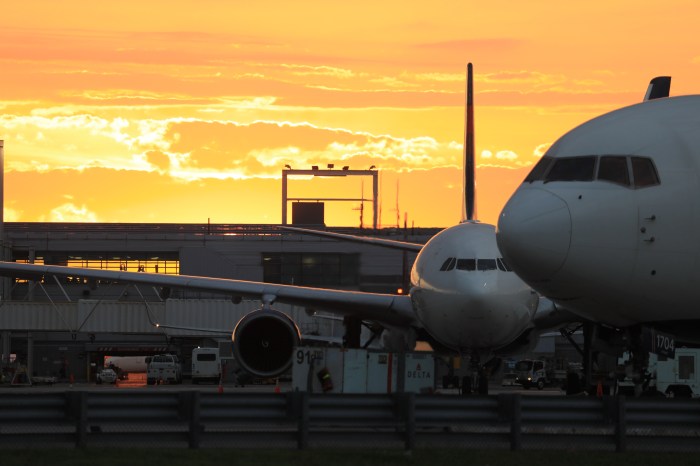
Central Park’s north end is getting a $150 million face-lift including a new recreational facility, pool and skating rink, officials announced on Wednesday.
The sweeping plan is the largest the Central Park Conservancy has taken on in its nearly 40-year history.
“It really is the capstone project of our 40-year effort to restore Central Park, so there really is a double whammy, so to speak, in the impact of this facility on our work,” said Elizabeth Smith, president and CEO of the Central Park Conservancy. “It’s the biggest project that Central Park Conservancy has undertaken.”
The non-profit will raise $100 million to pay for the project and the city will kick in $50 million.
The redesign is focused on opening up the area around the Harlem Meer to more natural views of the landscape, reconnecting a pathway to the north end of the park and repairing the natural flow of water that was severed for 50 years, Smith said.
It also brings some much-needed attention to an area of the park that is often overshadowed by busier sections that boast the Central Park Zoo and other popular sites.
New York City Parks Commissioner Mitchell Silver said the project “will better serve Harlem and East Harlem residents” as well as those who visit the area.
“As a runner … we run this course on a regular basis and I can tell you every time we run past the rink, I point out – which most people don’t know – the waterfall and the stream that connects into the Harlem Meer itself,” he said. “I cannot wait to see what this project’s positive impact will have on the incredible park experience for decades to come.”

Construction is expected to begin in 2021 and be complete in 2024. According to the Conservancy, they are “working with NYC Parks to develop a plan to minimize inconvenience during the construction period.”
Restoring the north end of the park will be centered on replacing Lasker pool and rink. Wollman Rink LLC, which is owned by President Trump’s Trump Organization, has the current concession for the rink.
Originally built in 1966, the facility has experienced several issues over the years, including flooding, and blocks a scenic ravine south of the Meer. The conservancy plans to demolish the site so that water from the ravine can flow freely into the Meer.
In its place will sit a new recreational facility – open year-round – shifted to the east of the rink’s spot, creating room for a new pool and boardwalk that will convert into ice rinks and lanes during the winter.
The pool house will be built into the natural landscape of an existing slope, so people can enjoy the top of the facility as part of the park’s landscape. Below will be a space that opens onto the deck of a new pool. Floor-to-ceiling glass doors will make up the entrance to the facility, which will include changing and locker rooms, restrooms, rentals, and concessions for those visiting the pool and rink.
Taking the place of Lasker pool will be an elongated oval-shaped pool with improved accessibility features. Contrary to the current facility, which requires maneuvering through an uneven walkway and multiple sets of stairs, the new pool will sit at a lower, flatter elevation and will have a splash pad for better access to water activities.
Manhattan Borough President Gale Brewer said as a mom who has brought her own kids to skate at the rink and has been in the park multiple times, this project “will make a big difference” and address the needs of many park-goers.
“I’m usually complaining about something, but I ain’t got nothing to complain about here. This is a phenomenal project,” she said. “Everybody loves it. Can you imagine, in New York City, in Manhattan, that everybody loves it?”
The design includes a new curvilinear boardwalk to go around the new freshwater marsh and small islands of the area, making it easier for park-goers to fish, enjoy nature education and canoeing while spending time in an open-air pavilion on the shoreline. During the winter, the boardwalk will be topped with synthetic ice, allowing ice skaters to skate along the water and islands as well as the rink.
The new vision for the north end of the park is also expected to help the ecosystem, officials said. By building the pool house into the slope of the existing topography of the area, the facility will be insulated and ventilated, lowering the need for heating and cooling systems and minimizing the “heat island effect.” The facility’s design will be based on natural materials, including stone, wood, locally-sourced low-reflectivity and bird-safe glass, and recycling and reusing demolition debris as much as possible. Officials said the structure will meet strict environmentally-friendly requirements to earn a LEED Gold rating.
The reconnection of the ravine to the Harlem Meer will create new fish habitats, add more flora diversity and make space for more critters and animals to move into the area.
Conservancy officials said they have already seen an “enthusiastic response by donors” and hope to surpass their fundraising goal so they won’t have to heavily rely on revenue from concessionaires and provide free community programs throughout the year.
The public will have a chance to weigh in on the plan during several sessions, including upcoming community board meetings as it undergoes environmental review.






































